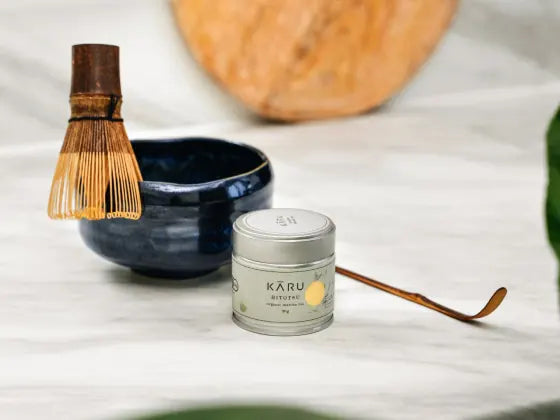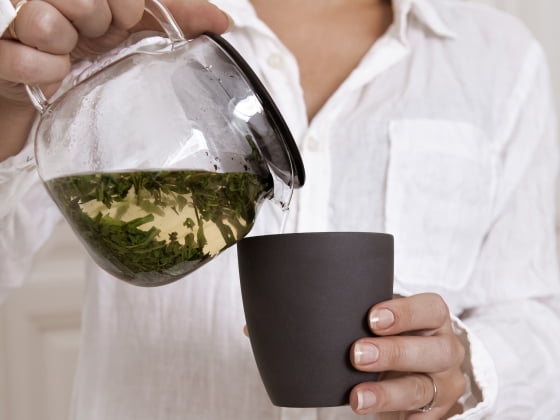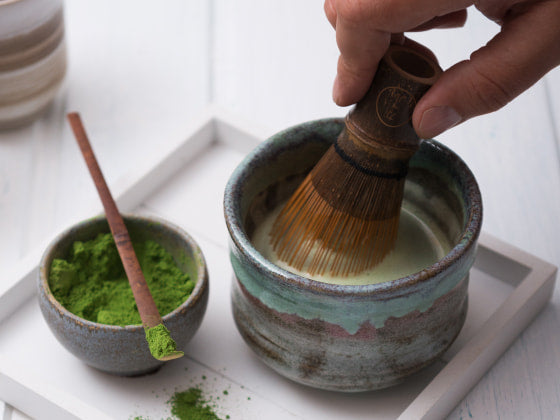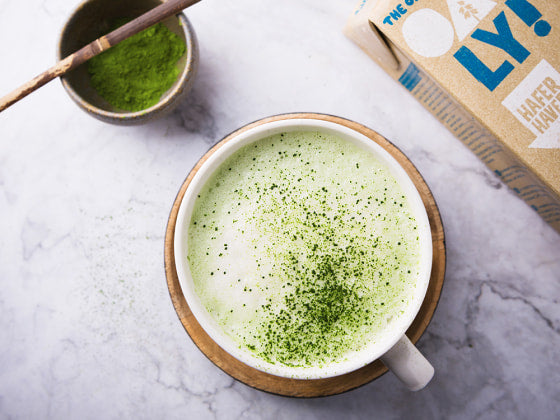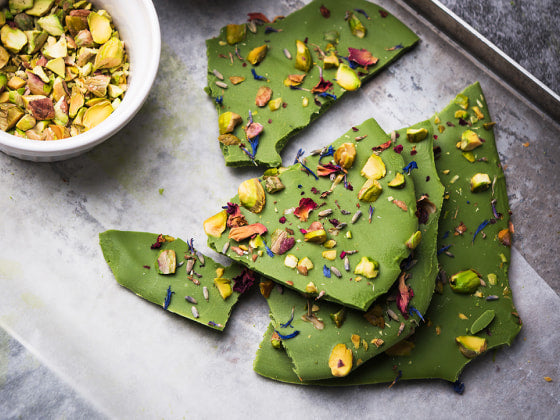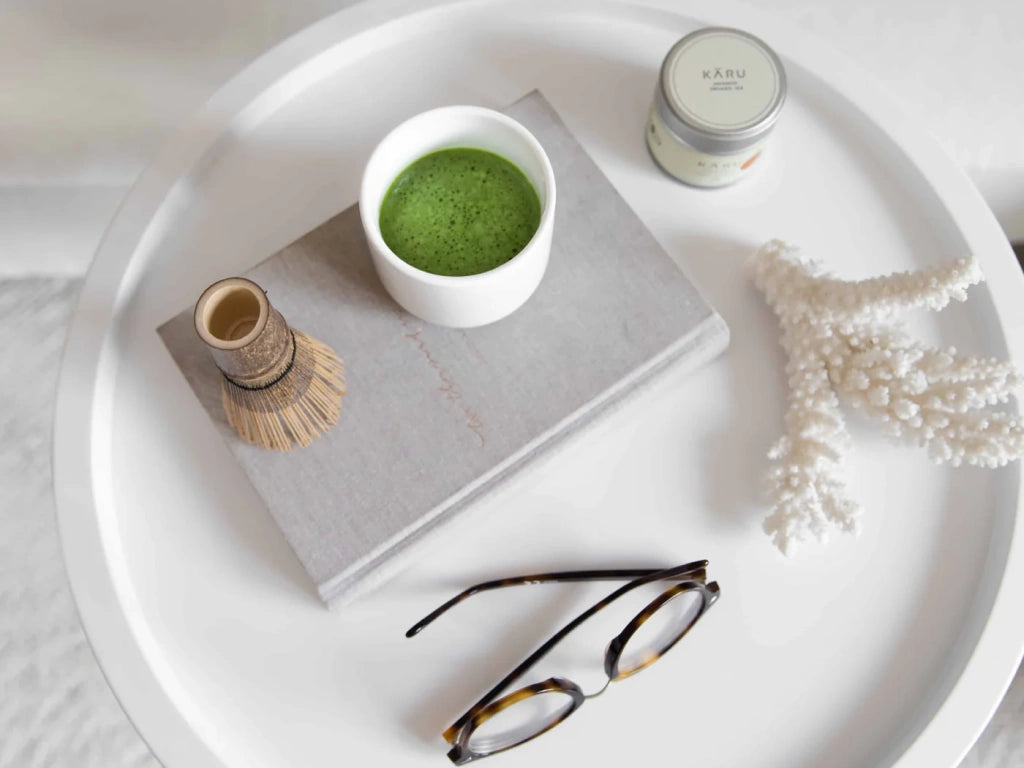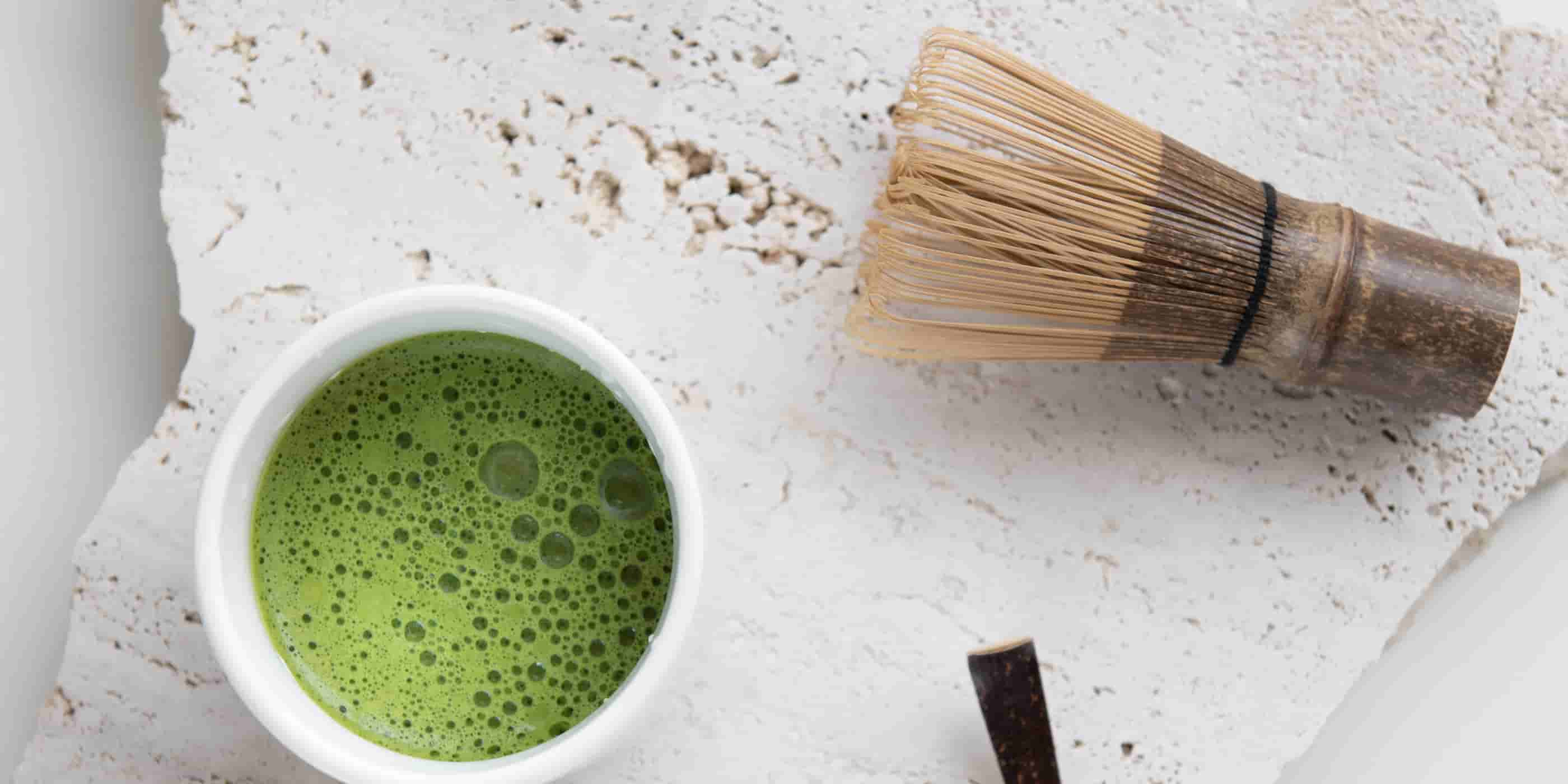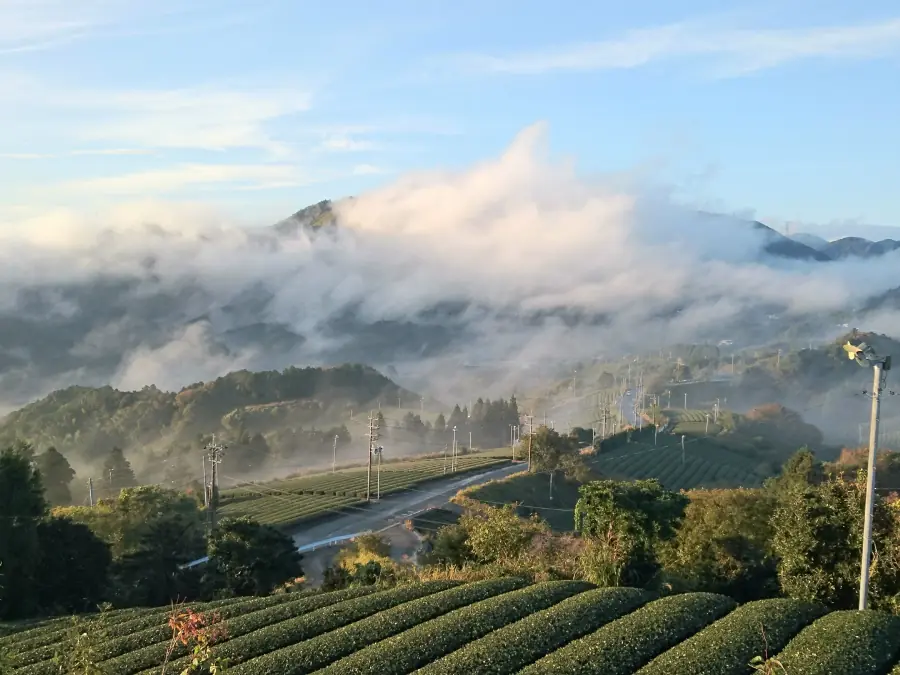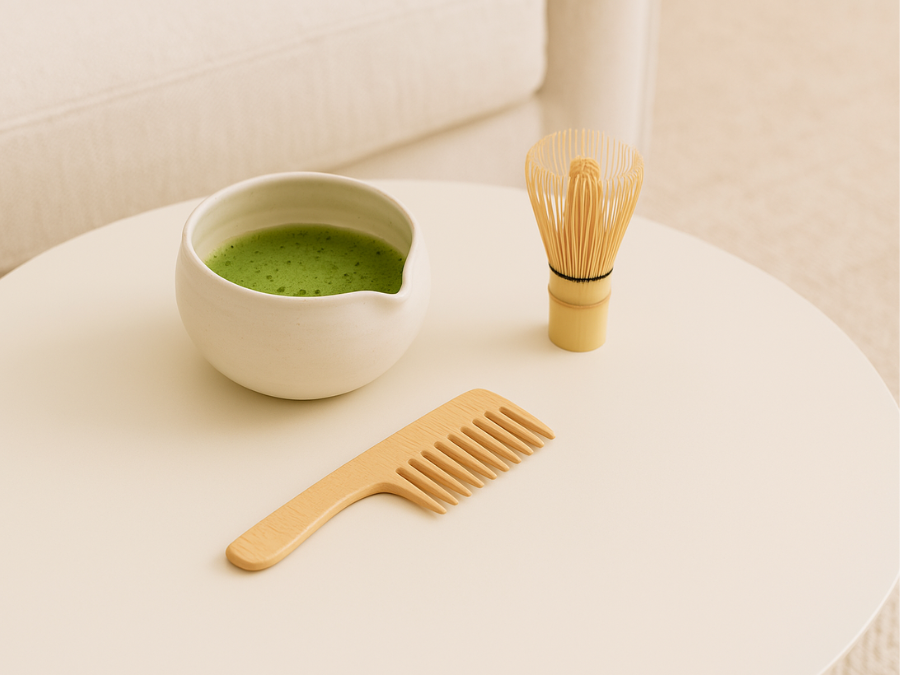Last week we embarked together on the journey of a Japanese tea ceremony together. This week we want to explain the four principles of the tea path and give you a brief insight into the schools mentioned.
Which schools are we talking about here?
As already mentioned, the type of ceremony also varies depending on the school on which it is based. This is because there are numerous schools in Japan that deal with chado (the way of tea). However, it is claimed that all of them are inspired by Zen Buddhism and Sen no Rikyua key figure in the development of the tea ceremony and its rules. The founders of the three best-known schools, the Sansenke schoolsare descendants of Sen no Rikyu. Despite their common origin, the tea ceremony procedure differs depending on the school, as mentioned above. We described the similar basic principle in our last blog post.
In addition to this basic principle of the process, the four principles of the tea path are particularly important for each type of tea ceremony are of great importance.
What are these principles?
The four principles of the Way of Tea that should guide your life are as follows:

The first principle is about harmony between the participants of the ritual on the one hand and the required utensils on the other, which must not only go well together, but also be coordinated with the seasons and nature. The flower arrangements in the tea room should also be in harmony with nature and the seasons.
Appreciating those present and the tea utensils fulfills the second principle of esteem and respect.
The third principle requires not only external but also internal purity. All guests must wash their hands and rinse their mouths before the ritual begins. Other acts of purification also illustrate this principle.

The fourth and final one refers to the necessary silence in life. This does not refer to the silence of the guests, but to relaxing and detaching oneself from stressful everyday life. Silence results from the fulfillment of the first three principles.
As you can see, it is not so easy to follow the principles of the Way of Tea. So it's no wonder that it takes years of practice and repetition to achieve a chajin (tea person).
And now, of course, we are interested to know whether you have already gained experience with these principles?




